Every spring the Sutherland Australian Plants Society Group hold a day of Spring walks in Sir Joseph Banks Native Gardens in Kareela. I have been meaning to visit this native garden for years t is fairly local to me and I had heard wonderful things about it.
The gardens were started by Sutherland Shire council in 1969 with the aim of creating a Native Garden to display a wide range of native plants from many parts of Australia in order to demonstrate how some of these plants perform here in Sydney.
The Australian Plants Society Sutherland became heavily involved in the upkeep, care and promotion of the gardens in 1987 and continues to play an integral part in the design and maintenance of the reserve.
The gardens are well laid out with easy access throughout the sloped site, the natural sandstone bushland of the area has been integrated into a more structured layout in parts as seen above. I love the casual terracing of the slope using these large Sandstone boulders.
Upon entry you are welcomed with a wonderful display of feature plants such as the Rhodanthe chlorocephala in the topmost photo, through to Bracteathas, Anigozanthos and Xanthorrhoea spps. I especially liked the way large containers and pots have been integrated into the garden, adding height and interest.
As the much of the indigenous trees have been left much of the garden is in a reasonable amount of shade, this means there are plenty of great examples of plants that will thrive as an under storey. In the image above you can see a garden bed filled with Philotheca myoporiodes with an edging of Lomandra confertifolia.
Another excellent example for a shady ground cover was this planting of Plectranthus argentatus, the soft furry leaves have a silvery appearance and lift a shady corner.
There was an area of the gardens dedicated to silver/grey foliaged plants which I was particularly drawn to. This area too was also part shade and was where I discovered two new plants one is this dainty little Guichenotia macrantha, which enjoys a dry shaded position.
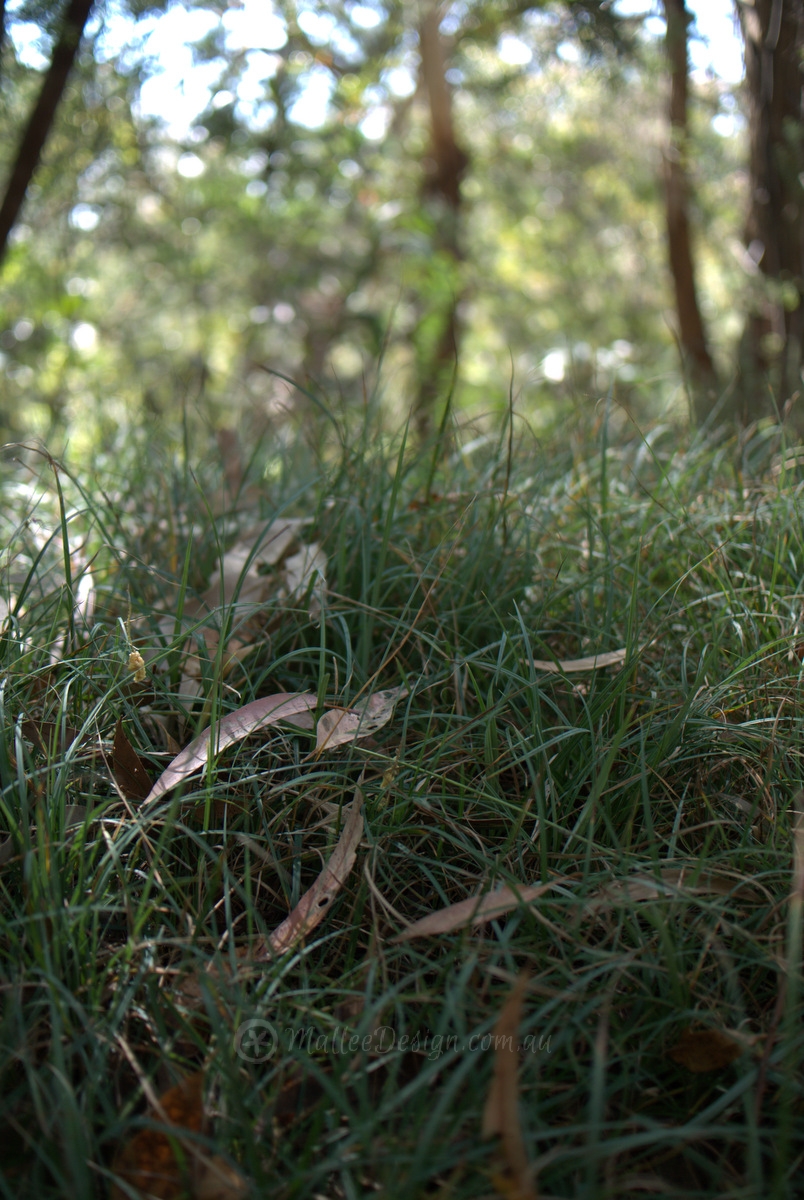 The other was Carex gaudichaudiana (as seen above) this weeping grass had made a dense ground cover with its lovely blue green leaves. I will definitely grab some of this if I ever see anyone growing it!
The other was Carex gaudichaudiana (as seen above) this weeping grass had made a dense ground cover with its lovely blue green leaves. I will definitely grab some of this if I ever see anyone growing it!
There were plenty of other ‘pretties’ flowering their heads off in the dry shade, Chorizema cordatum was one species that seemed to pop up all over the 4.4 hectares of Reserve.
Much of the eastern rise of the Reserve has been dedicated to rainforest plantings, complete with a small creek trundling past the pathways. I particularly liked the way the sandstone outcrop above had been handled, a neat row of Cyathea cooperii and Archontophoenix cunninghamiana line the pathway at regular intervals. Attached to every trunk at the same height is an Elkhorn or Stag horn, giving the pathway a formal feeling like an ‘avenue’.
And last but not least the wattles were putting on a stunning show, two of my favourites can be seen, above is Acacia fimbriata and below is Acacia cognata.
So if you haven’t been already, make an effort to visit Joseph Banks Native Plants Reserve, Sutherland APS Group hold regular working bee days which would be worth attending as I’m sure you would learn a great deal.


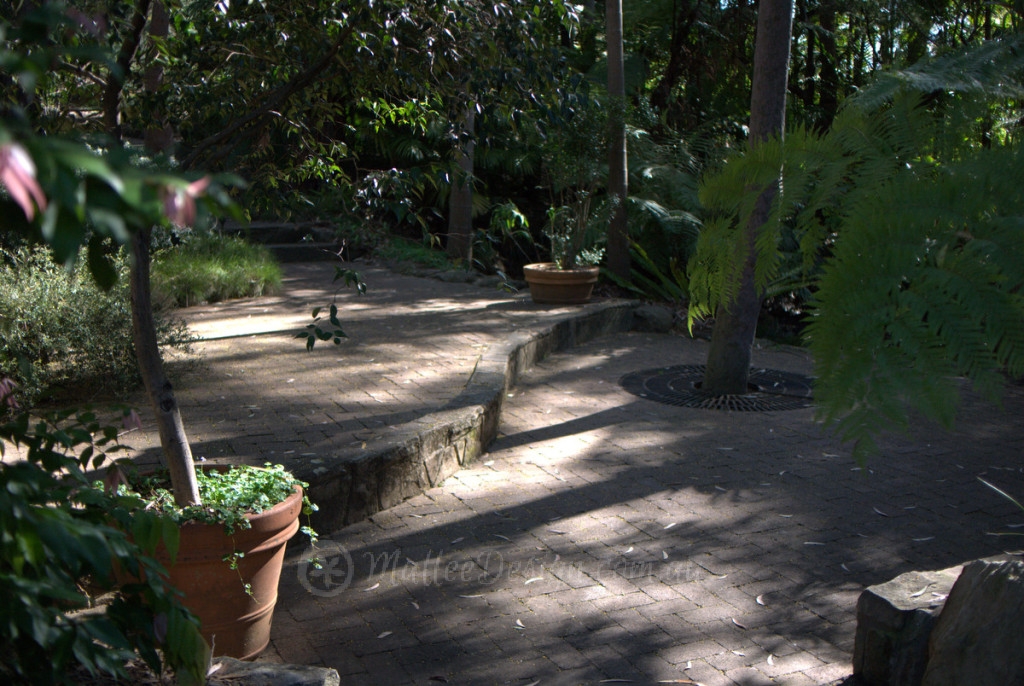
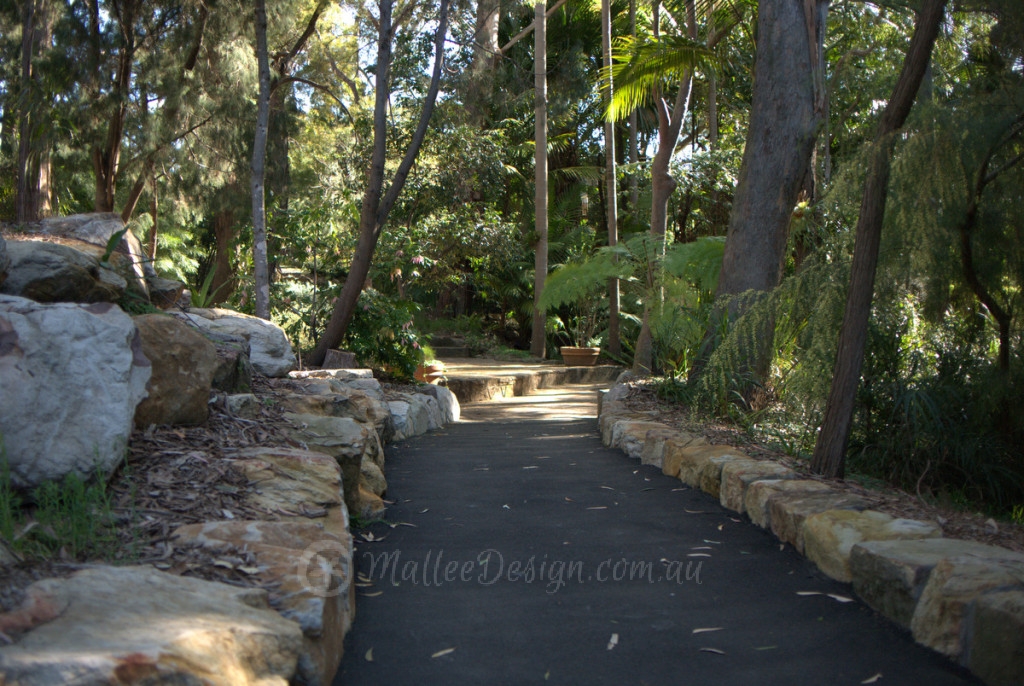
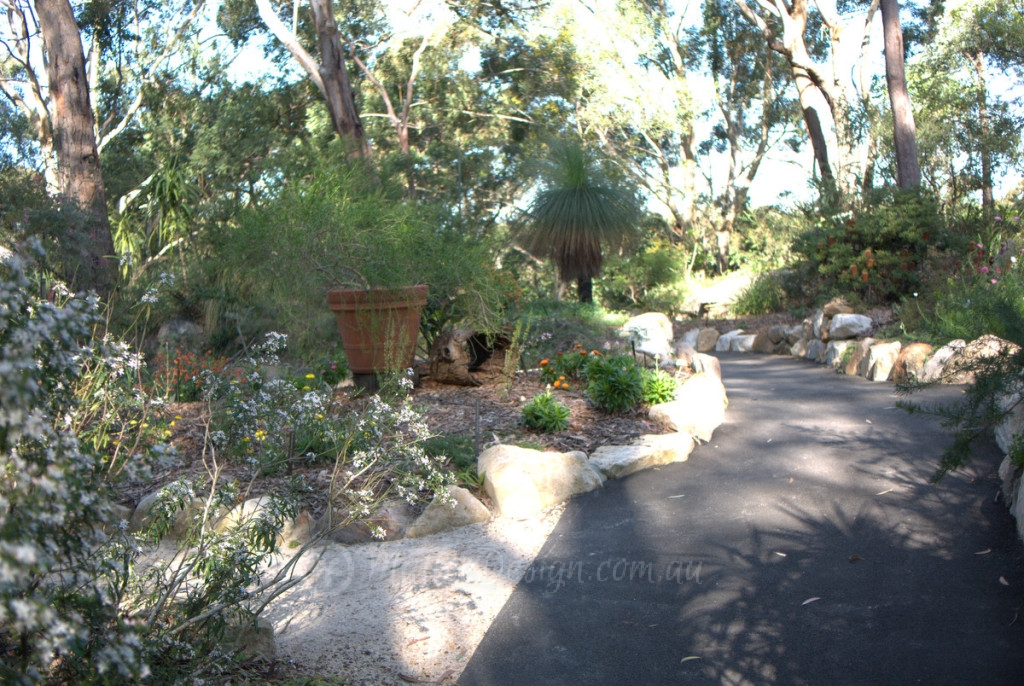
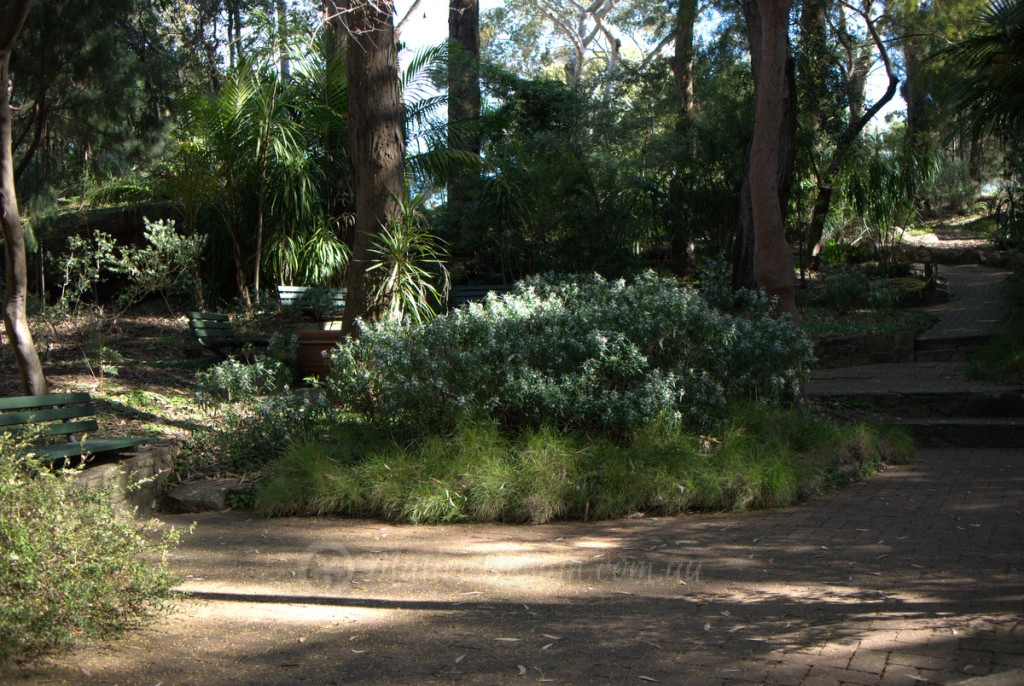
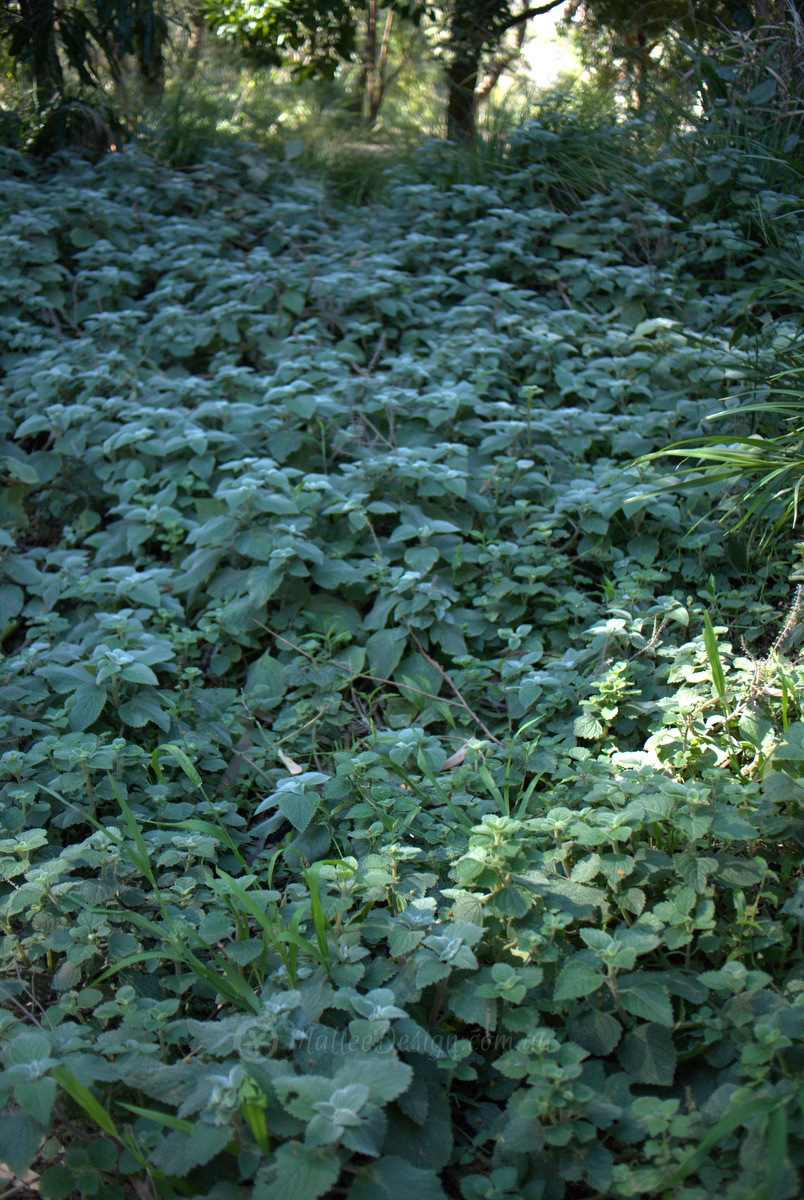
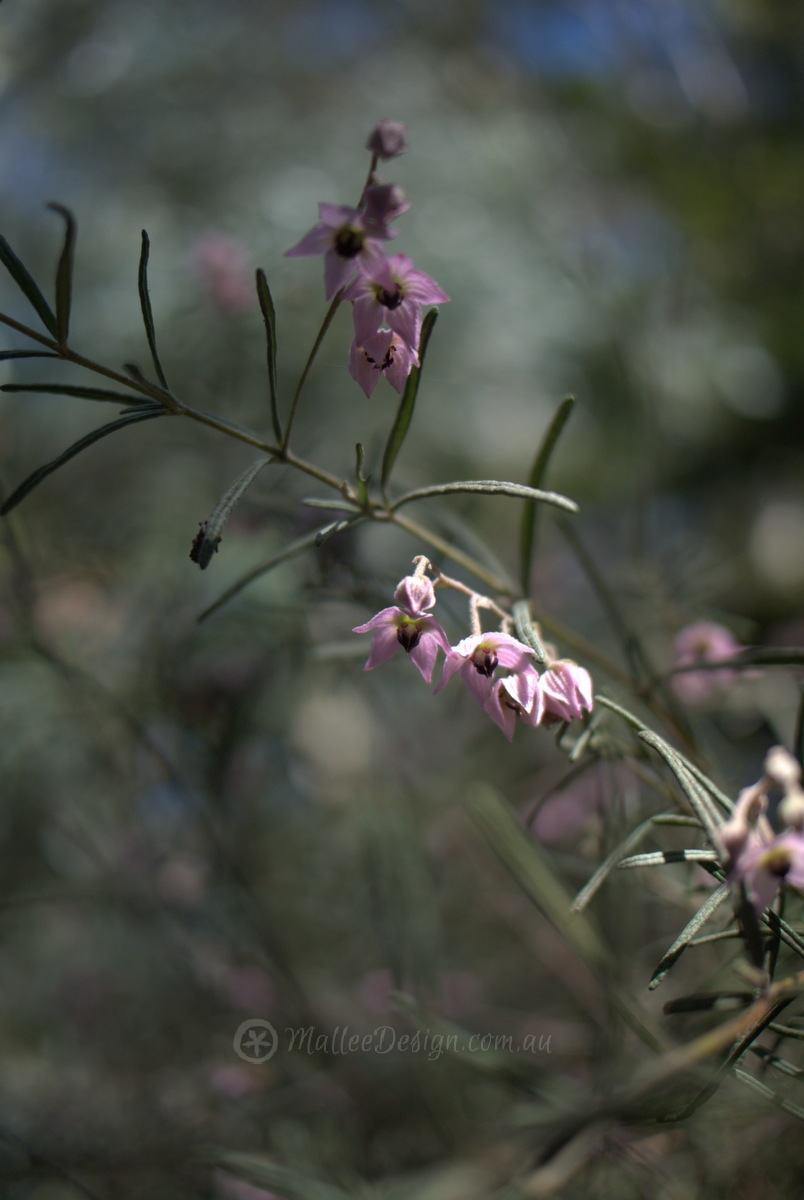
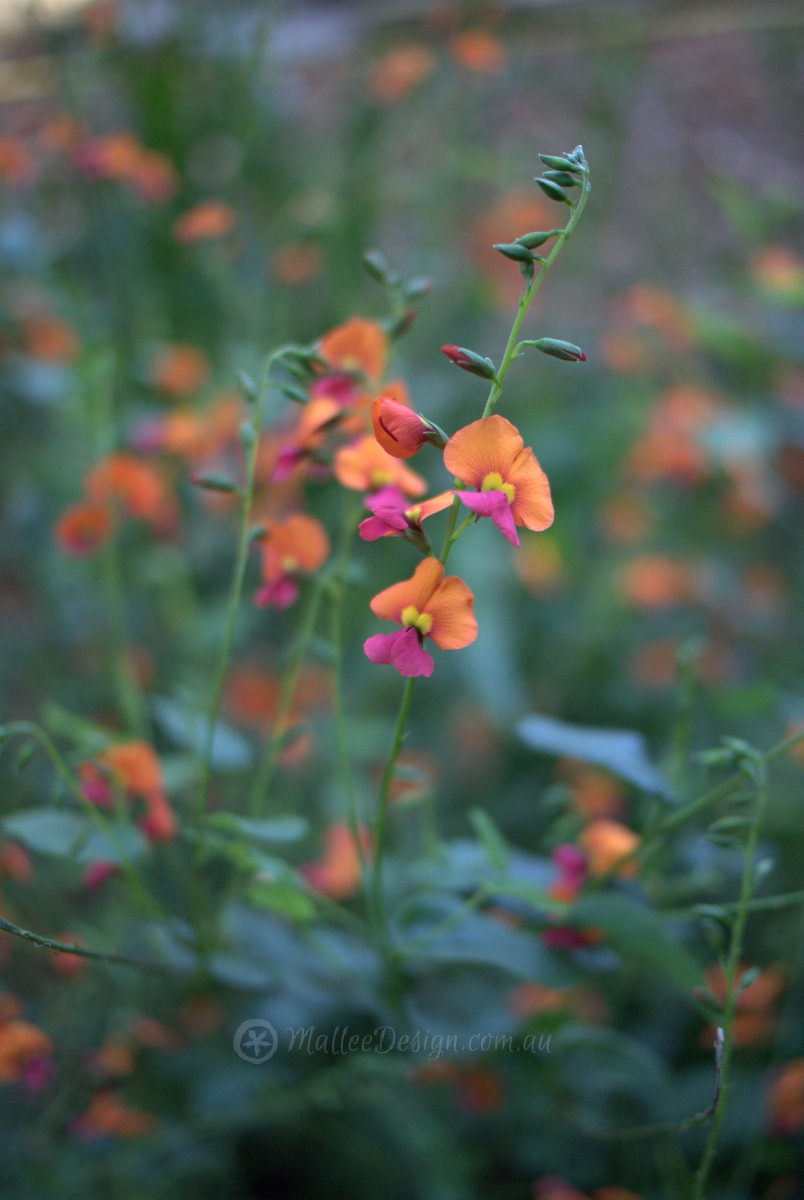
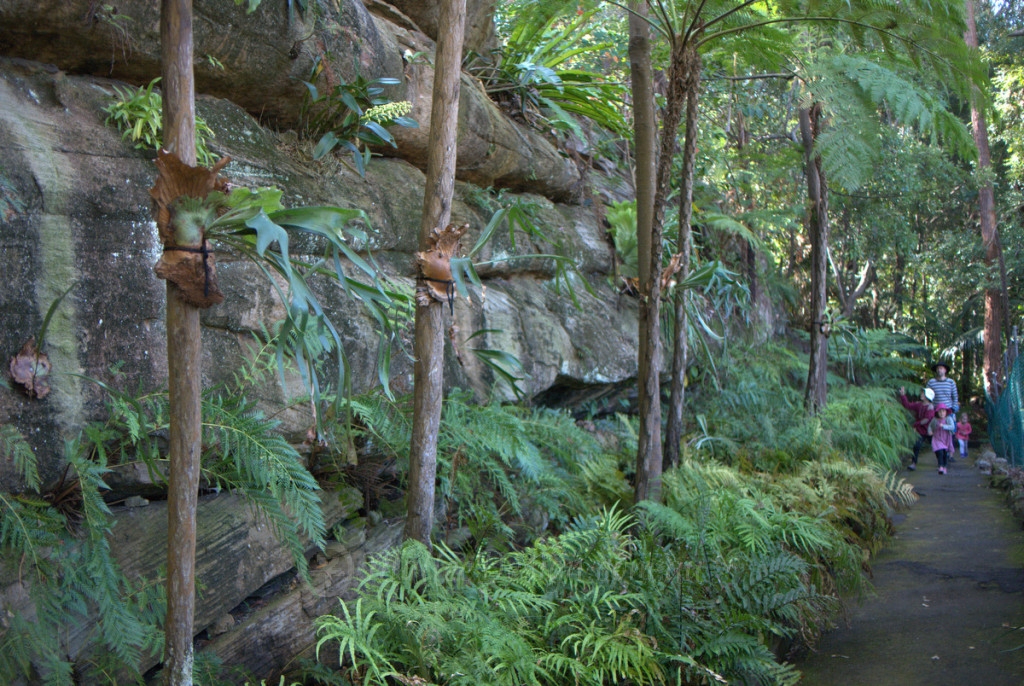
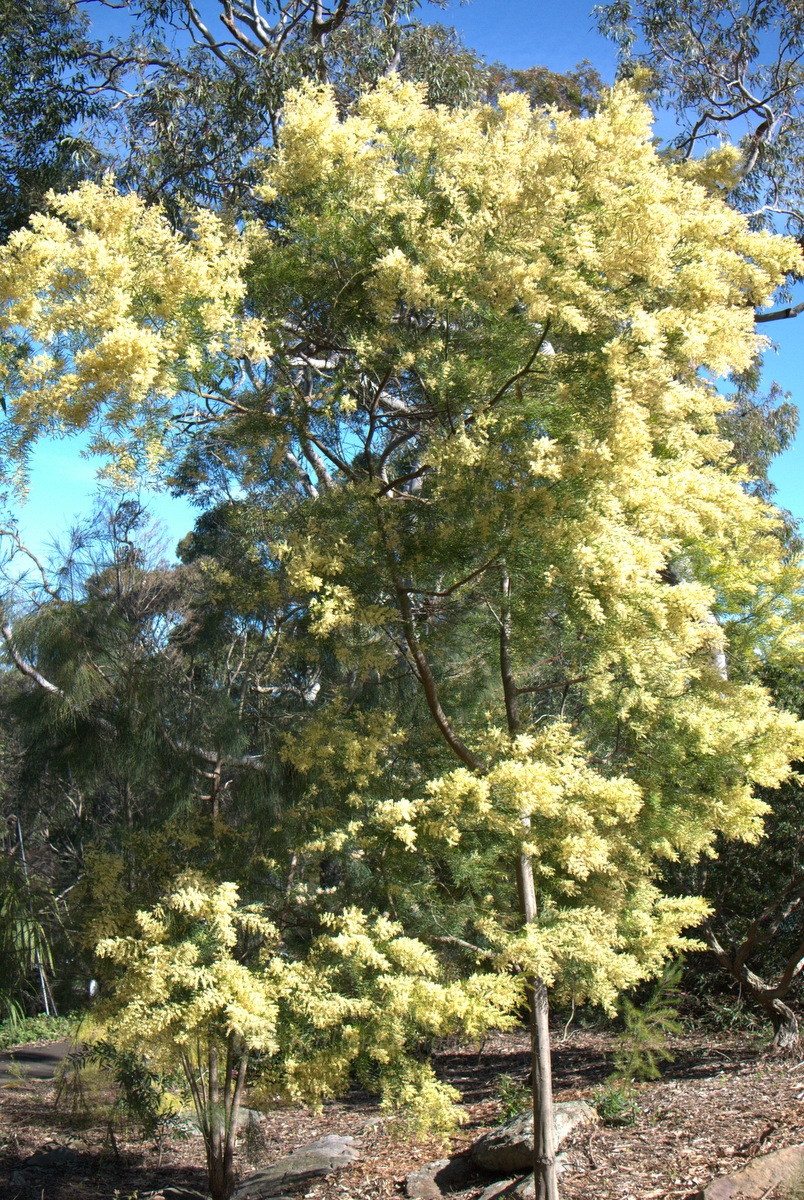
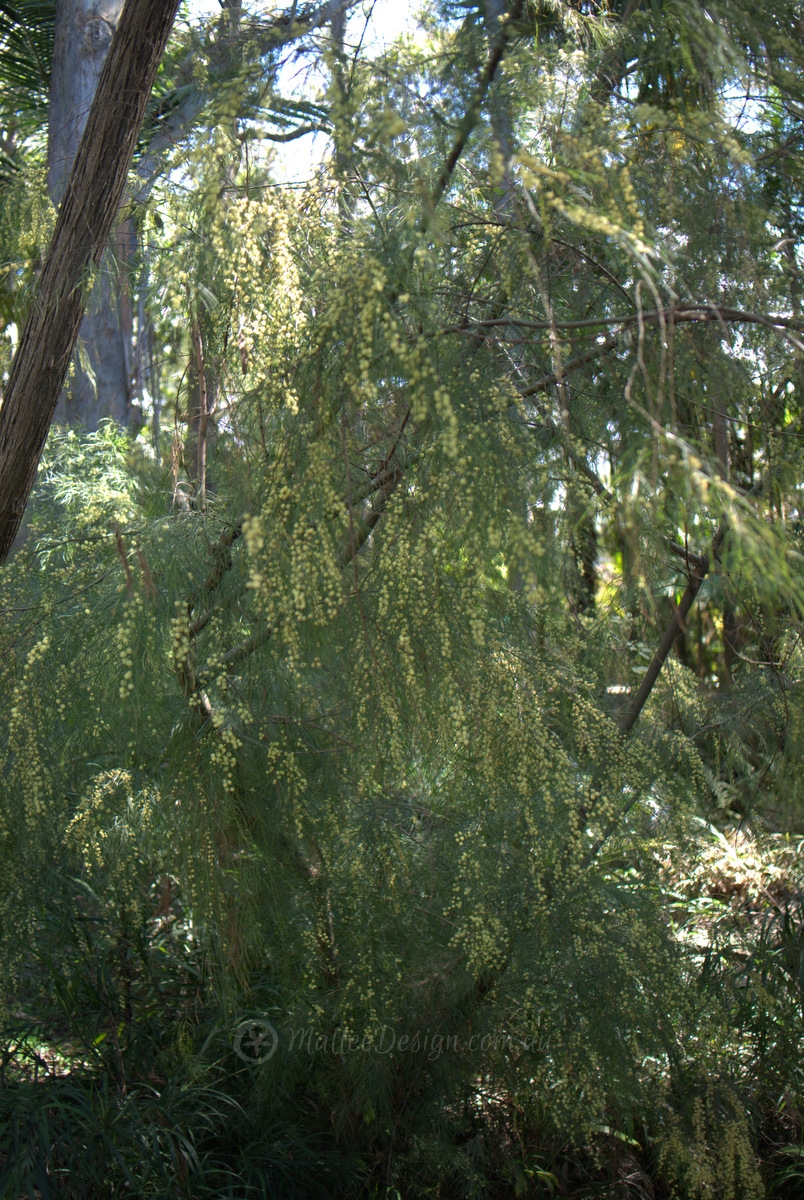

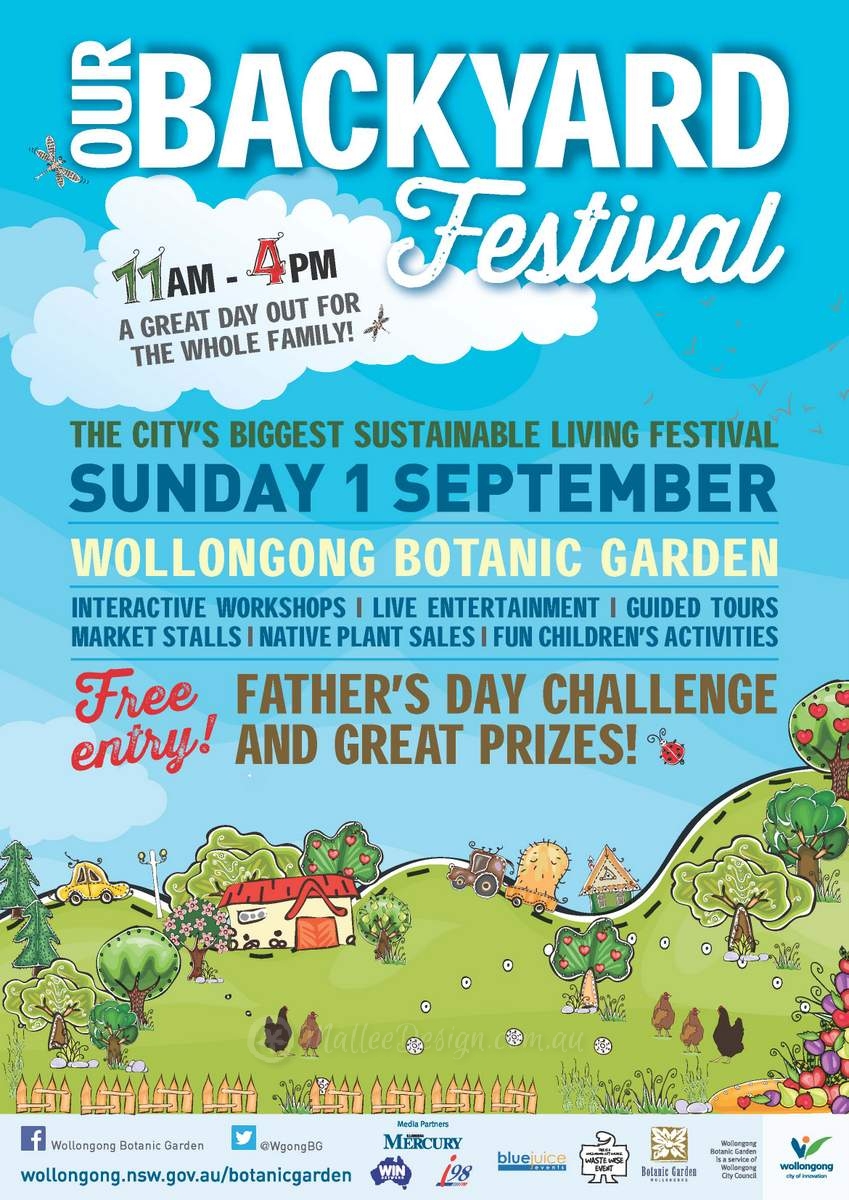
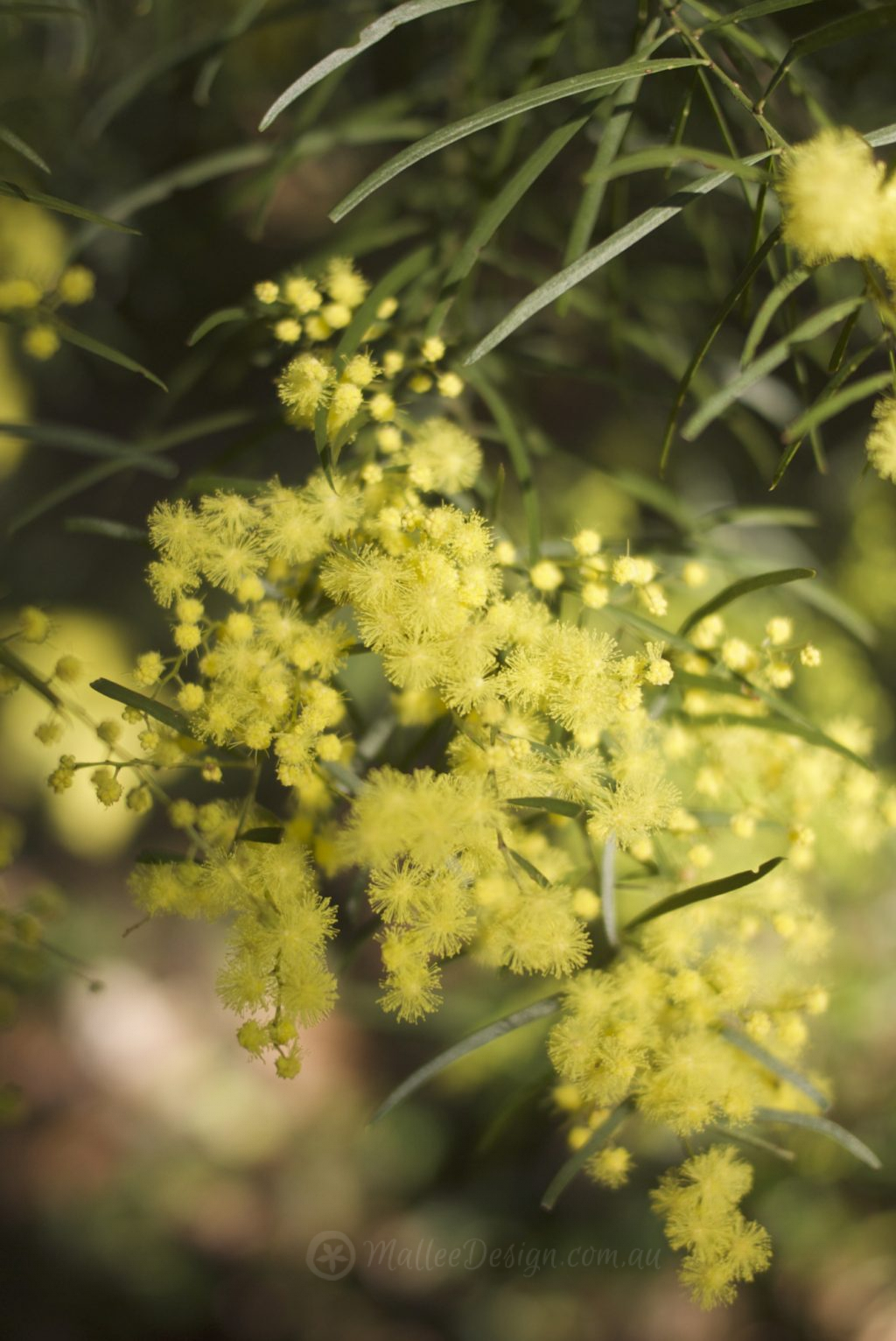
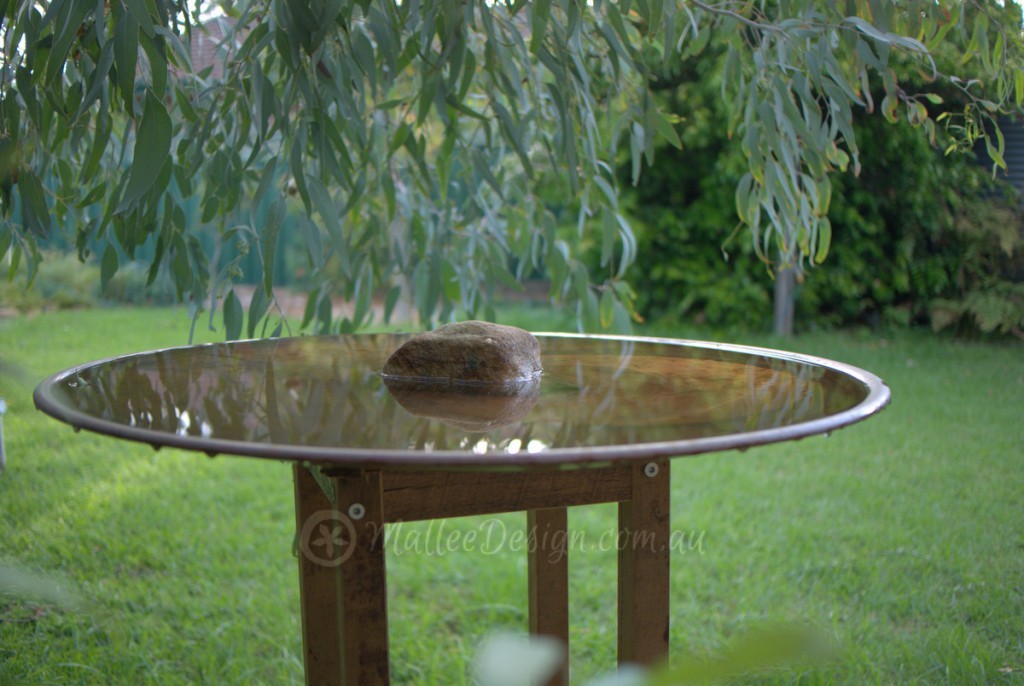
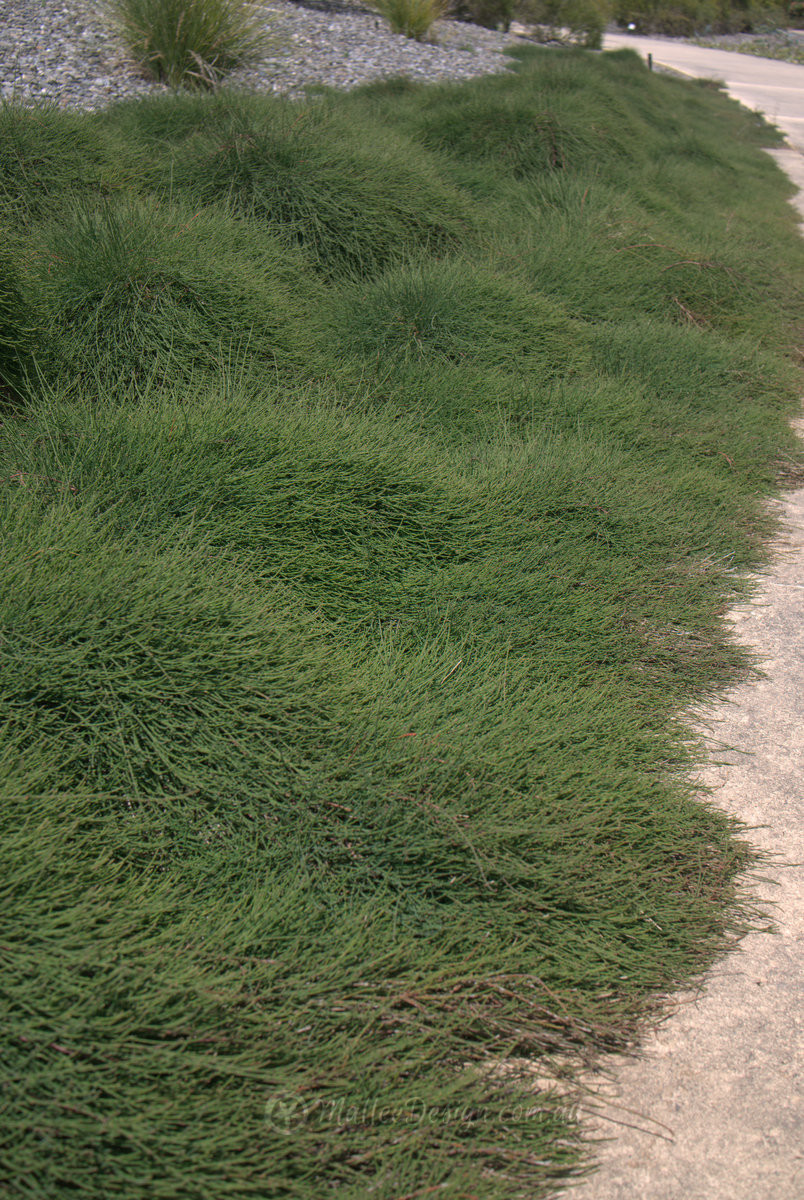
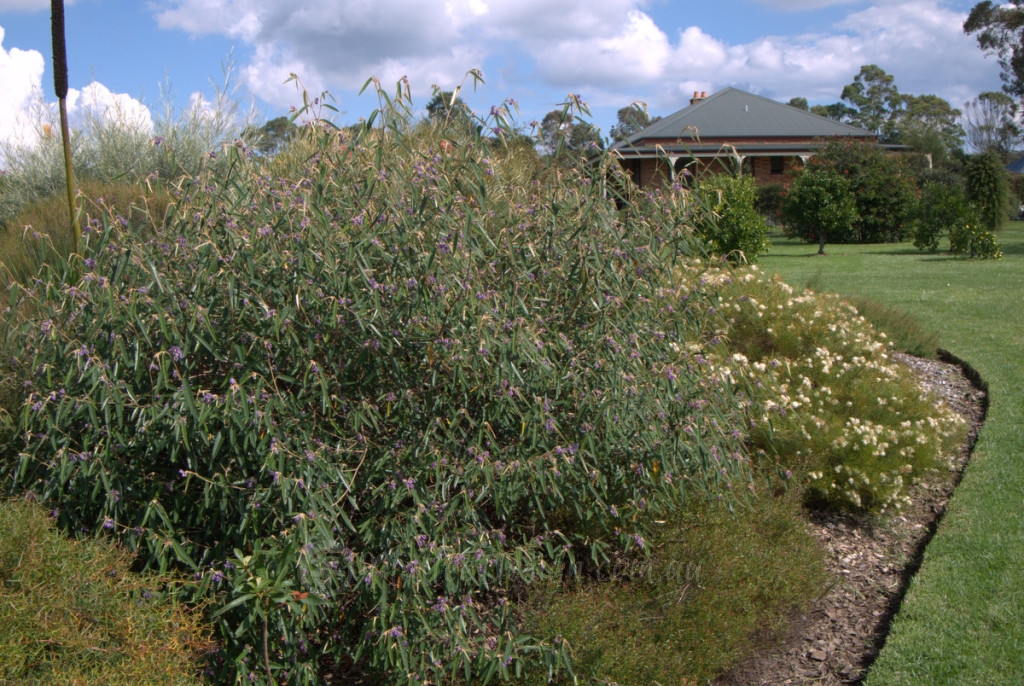
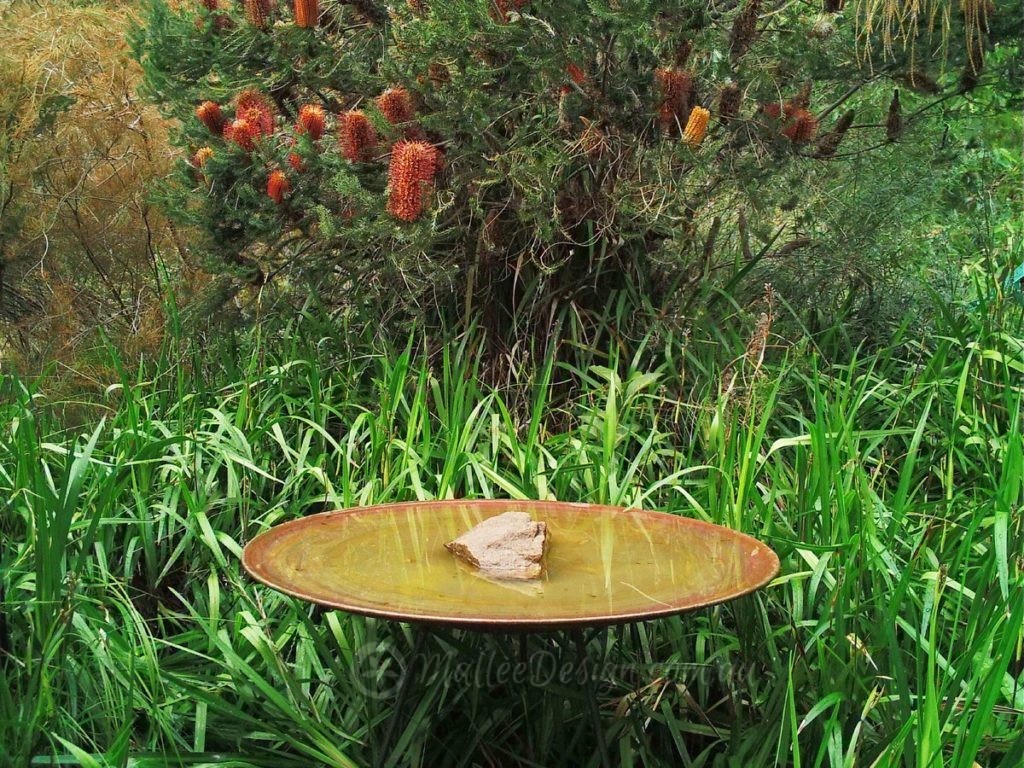
Leave a Reply